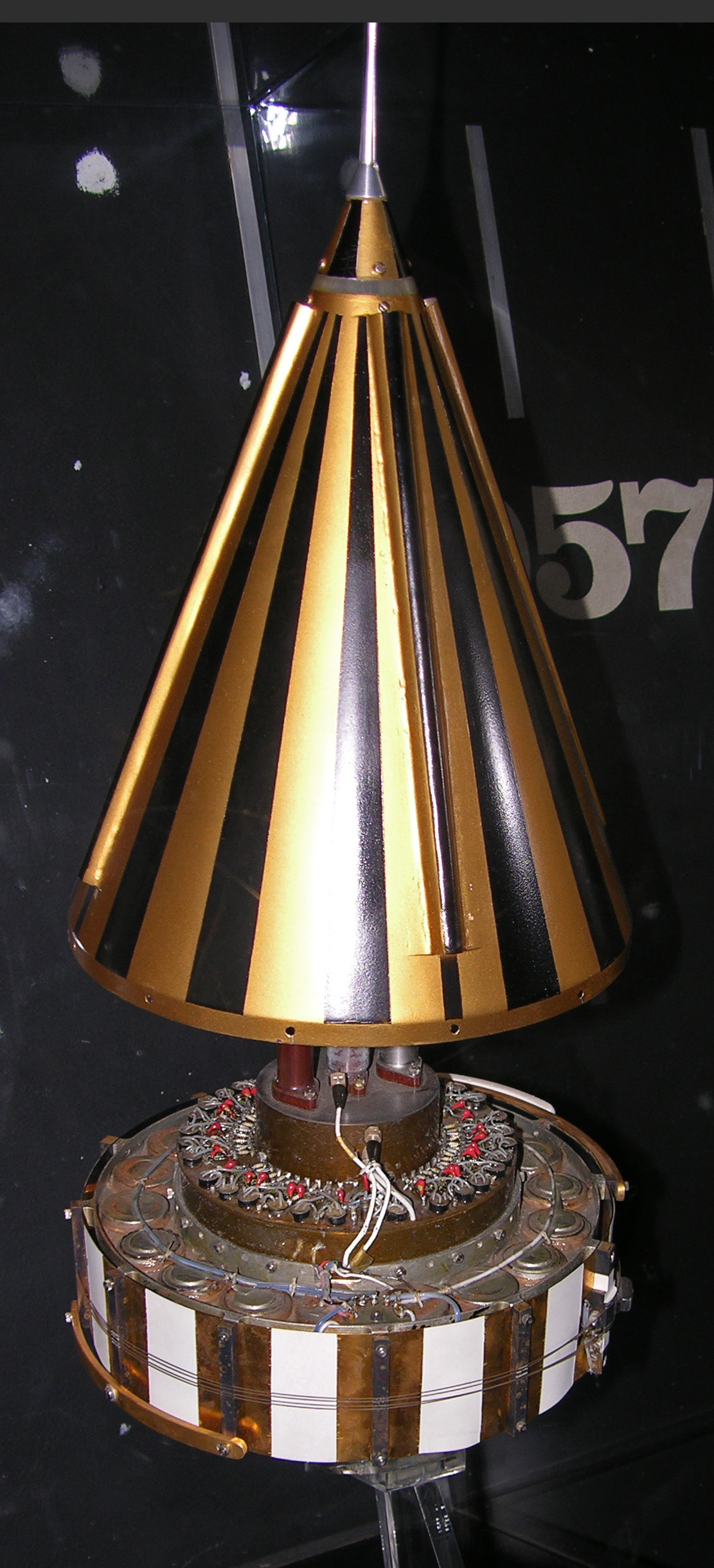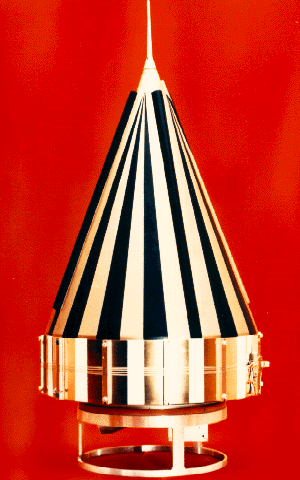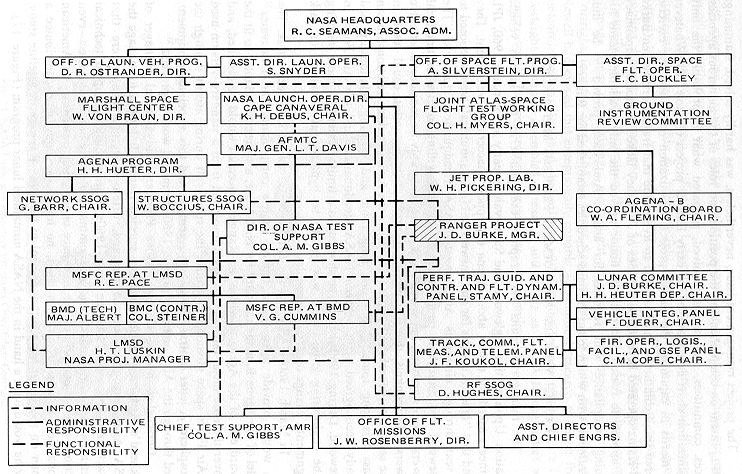|
Luna Programme
The Luna programme (from the Russian word "Luna" meaning "Moon"), occasionally called ''Lunik'' by western media, was a series of robotic spacecraft missions sent to the Moon by the Soviet Union between 1959 and 1976. Fifteen were successful, each designed as either an orbiter or lander, and accomplished many firsts in space exploration. They also performed many experiments, studying the Moon's chemical composition, gravity, temperature, and radiation. Twenty-four spacecraft were formally given the Luna designation, although more were launched. Those that failed to reach orbit were not publicly acknowledged at the time, and not assigned a Luna number. Those that failed in low Earth orbit were usually given Cosmos designations. The estimated cost of the Luna programme in 1964 was US$6–10 billion. Mission types The name ''Luna'' was used to designate a variety of spacecraft designs, to achieve several types of missions: Impactors Impactor spacecraft are designed to hi ... [...More Info...] [...Related Items...] OR: [Wikipedia] [Google] [Baidu] |
Luna 3
Luna 3, or E-2A No.1 ( rus, Луна 3}) was a Soviet spacecraft launched in 1959 as part of the Luna programme. It was the first mission to photograph the far side of the Moon and the third Soviet space probe to be sent to the neighborhood of the Moon. Though it returned rather poor pictures, the historic, never-before-seen views of the far side of the Moon caused excitement and interest when they were published around the world, and a tentative ''Atlas of the Far Side of the Moon'' was created after image processing improved the pictures. These views showed mountainous terrain, very different from the near side, and only two dark, low-lying regions which were named Mare Moscoviense (Sea of Moscow) and Mare Desiderii (Sea of Desire). Mare Desiderii was later found to be composed of a smaller mare, Mare Ingenii (Sea of Cleverness), and several other dark craters. The reason for this difference between the two sides of the Moon is still not fully understood, but it seems that most ... [...More Info...] [...Related Items...] OR: [Wikipedia] [Google] [Baidu] |
Soviet Union
The Soviet Union,. officially the Union of Soviet Socialist Republics. (USSR),. was a List of former transcontinental countries#Since 1700, transcontinental country that spanned much of Eurasia from 1922 to 1991. A flagship communist state, it was nominally a Federation, federal union of Republics of the Soviet Union, fifteen national republics; in practice, both Government of the Soviet Union, its government and Economy of the Soviet Union, its economy were highly Soviet-type economic planning, centralized until its final years. It was a one-party state governed by the Communist Party of the Soviet Union, with the city of Moscow serving as its capital as well as that of its largest and most populous republic: the Russian Soviet Federative Socialist Republic, Russian SFSR. Other major cities included Saint Petersburg, Leningrad (Russian SFSR), Kyiv, Kiev (Ukrainian Soviet Socialist Republic, Ukrainian SSR), Minsk (Byelorussian Soviet Socialist Republic, Byelorussian SSR), Tas ... [...More Info...] [...Related Items...] OR: [Wikipedia] [Google] [Baidu] |
Kosmos (satellite)
Kosmos (russian: Ко́смос, , meaning " (outer) space" or " Kosmos") is a designation given to many satellites operated by the Soviet Union and subsequently Russia. Kosmos 1, the first spacecraft to be given a Kosmos designation, was launched on 16 March 1962. History The first Soviet satellites orbiting Earth were named Sputnik, Polyot (starting in 1963), Elektron (in 1964), Proton (in 1965), and Molniya (in 1965), but most have been called Kosmos since Kosmos 1 on 16 March 1962. The program has included uncrewed tests of crewed spacecraft and satellites for scientific research and military purposes. , 2548 Kosmos satellites have been launched. The spacecraft do not form a single programme, but instead consist of almost all Soviet and Russian military satellites, as well as a number of scientific satellites, and spacecraft which failed during or immediately after launch, but still reached orbit. Most Soviet and subsequently Russian military satellites were given Kosm ... [...More Info...] [...Related Items...] OR: [Wikipedia] [Google] [Baidu] |
Surveyor Program
The Surveyor program was a NASA program that, from June 1966 through January 1968, sent seven robotic spacecraft to the surface of the Moon. Its primary goal was to demonstrate the feasibility of soft landings on the Moon. The Surveyor craft were the first American spacecraft to achieve soft landing on an extraterrestrial body. The missions called for the craft to travel directly to the Moon on an impact trajectory, a journey that lasted 63 to 65 hours, and ended with a deceleration of just over three minutes to a soft landing. The program was implemented by NASA's Jet Propulsion Laboratory (JPL) to prepare for the Apollo program, and started in 1960. JPL selected Hughes Aircraft in 1961 to develop the spacecraft system. The total cost of the Surveyor program was officially $469 million. Five of the Surveyor craft successfully soft-landed on the Moon, including the first one. The other two failed: Surveyor 2 crashed at high velocity after a failed mid-course correction, an ... [...More Info...] [...Related Items...] OR: [Wikipedia] [Google] [Baidu] |
Luna 9
Luna 9 (Луна-9), internal designation Ye-6 No.13, was an uncrewed space mission of the Soviet Union's Luna programme. On 3 February 1966, the Luna 9 spacecraft became the first spacecraft to achieve a survivable landing on a celestial body. Spacecraft The lander had a mass of and consisted of a spheroid ALS capsule measuring . It used a landing bag to survive the impact speed of . It was a hermetically sealed container with radio equipment, a program timing device, heat control systems, scientific apparatus, power sources, and a television system. The spacecraft was developed in the design bureau then known as OKB-1, under Chief Designer Sergei Korolev (who had died before the launch). The first 11 Luna missions were unsuccessful for a variety of reasons. At that time the project was transferred to Lavochkin design bureau since OKB-1 was busy with a human expedition to the Moon. ''Luna 9'' was the twelfth attempt at a soft-landing by the Soviet Union; it was also the firs ... [...More Info...] [...Related Items...] OR: [Wikipedia] [Google] [Baidu] |
Heliocentric Orbit
A heliocentric orbit (also called circumsolar orbit) is an orbit around the barycenter of the Solar System, which is usually located within or very near the surface of the Sun. All planets, comets, and asteroids in the Solar System, and the Sun itself are in such orbits, as are many artificial probes and pieces of debris. The moons of planets in the Solar System, by contrast, are not in heliocentric orbits, as they orbit their respective planet (although the Moon has a convex orbit around the Sun). The barycenter of the Solar System, while always very near the Sun, moves through space as time passes, depending on where other large bodies in the Solar System, such as Jupiter and other large gas planets, are located at that time. A similar phenomenon allows the detection of exoplanets by way of the radial-velocity method. The ''helio-'' prefix is derived from the Greek word "ἥλιος", meaning "Sun", and also Helios, the personification of the Sun in Greek mythology. T ... [...More Info...] [...Related Items...] OR: [Wikipedia] [Google] [Baidu] |
Pioneer 4
Pioneer 4 was an American spin-stabilized uncrewed spacecraft launched as part of the Pioneer program on a lunar flyby trajectory and into a heliocentric orbit making it the first probe of the United States to escape from the Earth's gravity. It carried a payload similar to '' Pioneer 3'': a lunar radiation environment experiment using a Geiger–Müller tube detector and a lunar photography experiment. It passed within 58,983 km of the Moon's surface. However, ''Pioneer 4'' did not come close enough to trigger its photoelectric sensor. The spacecraft was still in solar orbit as of 1969. It was the only successful lunar probe launched by the U.S. in 12 attempts between 1958 and 1963; only in 1964 would Ranger 7 surpass its success by accomplishing all of its mission objectives. After the Soviet Luna 1 probe conducted the first successful flyby of the Moon on 3 January 1959, the pressure felt by the US to succeed with a lunar mission was enormous, especially since Americ ... [...More Info...] [...Related Items...] OR: [Wikipedia] [Google] [Baidu] |
Pioneer 3
Pioneer 3 was a spin-stabilized spacecraft launched at 05:45:12 GMT on 6 December 1958 by the U.S. Army Ballistic Missile Agency in conjunction with the NASA, using a Juno II rocket. This spacecraft was intended as a lunar probe, but failed to go past the Moon and into a heliocentric orbit as planned. It did however reach an altitude of 102,360 km before falling back to Earth. The revised spacecraft objectives were to measure radiation in the outer Van Allen radiation belt using two Geiger-Müller tubes and to test the trigger mechanism for a lunar photographic experiment. Spacecraft design Pioneer 3 was a cone-shaped probe 58 cm high and 25 cm diameter at its base. The cone was composed of a thin fiberglass shell coated with a gold wash to make it electrically conducting and painted with black and white stripes to maintain the temperature between 10 and 50 °C. At the tip of the cone was a small probe which combined with the cone itself to act as an antenna. ... [...More Info...] [...Related Items...] OR: [Wikipedia] [Google] [Baidu] |
Pioneer Program
The Pioneer programs were two series of United States lunar and planetary space probes exploration. The first program, which ran from 1958 to 1960, unsuccessfully attempted to send spacecraft to orbit the Moon, successfully sent one spacecraft to fly by the Moon, and successfully sent one spacecraft to investigate interplanetary space between the orbits of Earth and Venus. The second program, which ran from 1965 to 1992, sent four spacecraft to measure interplanetary space weather, two to explore Jupiter and Saturn, and two to explore Venus. The two outer planet probes, ''Pioneer 10'' and ''Pioneer 11'', became the first two of five artificial objects to achieve the escape velocity that will allow them to leave the Solar System, and carried a golden plaque each depicting a man and a woman and information about the origin and the creators of the probes, in case any extraterrestrials find them someday. Naming Credit for naming the first probe has been attributed to Stephen A. ... [...More Info...] [...Related Items...] OR: [Wikipedia] [Google] [Baidu] |
Earth
Earth is the third planet from the Sun and the only astronomical object known to harbor life. While large volumes of water can be found throughout the Solar System, only Earth sustains liquid surface water. About 71% of Earth's surface is made up of the ocean, dwarfing Earth's polar ice, lakes, and rivers. The remaining 29% of Earth's surface is land, consisting of continents and islands. Earth's surface layer is formed of several slowly moving tectonic plates, which interact to produce mountain ranges, volcanoes, and earthquakes. Earth's liquid outer core generates the magnetic field that shapes the magnetosphere of the Earth, deflecting destructive solar winds. The atmosphere of the Earth consists mostly of nitrogen and oxygen. Greenhouse gases in the atmosphere like carbon dioxide (CO2) trap a part of the energy from the Sun close to the surface. Water vapor is widely present in the atmosphere and forms clouds that cover most of the planet. More solar e ... [...More Info...] [...Related Items...] OR: [Wikipedia] [Google] [Baidu] |
Far Side (Moon)
The far side of the Moon is the lunar hemisphere that always faces away from Earth, opposite to the near side, because of synchronous rotation in the Moon's orbit. Compared to the near side, the far side's terrain is rugged, with a multitude of impact craters and relatively few flat and dark lunar maria ("seas"), giving it an appearance closer to other barren places in the Solar System such as Mercury and Callisto. It has one of the largest craters in the Solar System, the South Pole–Aitken basin. The hemisphere is sometimes called the "dark side of the Moon", where "dark" means "unknown" instead of "lacking sunlight" each side of the Moon experiences two weeks of sunlight while the opposite side experiences two weeks of night. About 18 percent of the far side is occasionally visible from Earth due to libration. The remaining 82 percent remained unobserved until 1959, when it was photographed by the Soviet Luna 3 space probe. The Soviet Academy of Sciences published the f ... [...More Info...] [...Related Items...] OR: [Wikipedia] [Google] [Baidu] |
Ranger Program
The Ranger program was a series of unmanned space missions by the United States in the 1960s whose objective was to obtain the first close-up images of the surface of the Moon. The Ranger spacecraft were designed to take images of the lunar surface, transmitting those images to Earth until the spacecraft were destroyed upon impact. A series of mishaps, however, led to the failure of the first six flights. At one point, the program was called "shoot and hope". Congress launched an investigation into "problems of management" at NASA Headquarters and Jet Propulsion Laboratory. After two reorganizations of the agencies, Ranger 7 successfully returned images in July 1964, followed by two more successful missions. Ranger was originally designed, beginning in 1959, in three distinct phases, called "blocks". Each block had different mission objectives and progressively more advanced system design. The JPL mission designers planned multiple launches in each block, to maximize the engin ... [...More Info...] [...Related Items...] OR: [Wikipedia] [Google] [Baidu] |





